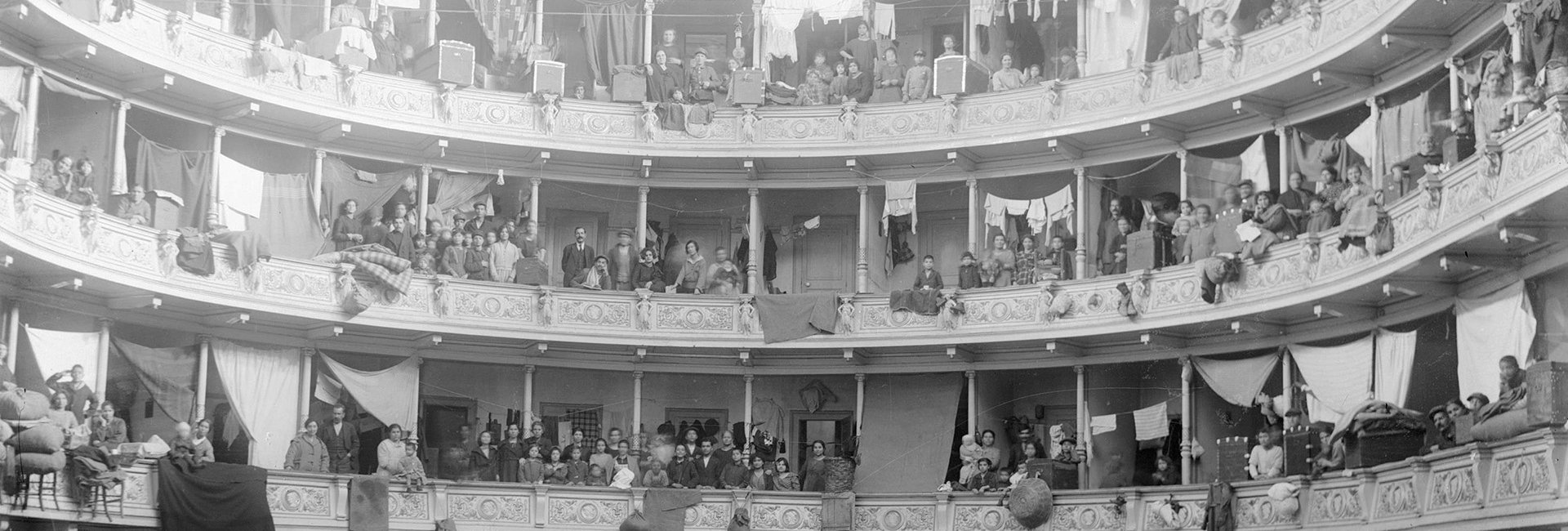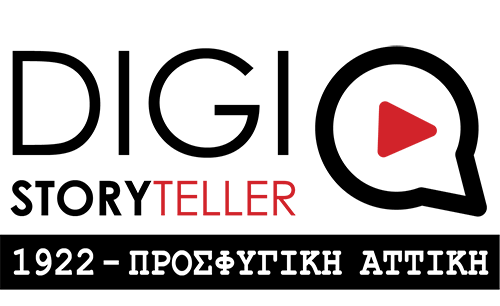
Neos Kosmos
May 17, 2023
Athens Centre I
May 23, 2023Egaleo
September 1922 brought ships full of refugees from the Asia Minor Catastrophe to the port of Piraeus. On the outskirts of the city, a network of industries spreads out, attracting the new potential for work and settlement in temporary shacks. There are factories along the Kifissos River, and in Egaleo, a gunpowder factory has been operating since 1874. Over the century the factory grew in size and, after 1908, its name is traced as 'Hellenic Pyritide Factory of Chemical & Industrial Products'.
Near the factory's premises, the 1920 census records the settlement "Pyridopioio" with 38 families numbering 147 inhabitants. It is said that a group of Assyrian (Mesopotamian Christians) refugees settled in “Barutadiko”. In 1928, after the arrival of the Asia Minor refugees, the population increased rapidly to 2,150 people. The housing needs grew and so in 1929 a large area in the region, over one million square metres, was expropriated to create a residential nucleus to house the refugees.
In 1934 the Community of Egaleo was created and included the following districts: (a) Kydonies, the Pyrite Factory, Sotiraki, the Alexandros Loumi estate, (b) Agia Varvara and Agia Eleousa, (c) Haidari, Dafni, Nea Fokaia and Skaramanga. The arrival of the newcomers gradually shaped a new city, in which successive layers of immigrants and refugees settled down to the present day.
Today the traces of the refugee settlement can be seen among the modern apartment buildings and the long-standing activity of family shops and associations. One of the refugee houses of Egaleo houses since 2010 the Museum of Asia Minor Culture, created by the Municipality of Egaleo, the Municipal Cultural Organization, and the Association of Asia Minor of Egaleo "Nea Kydonies" and presents aspects of this history.
